Home>Interior Design>How To Encourage Interior Design Clients To Use Bold Colors
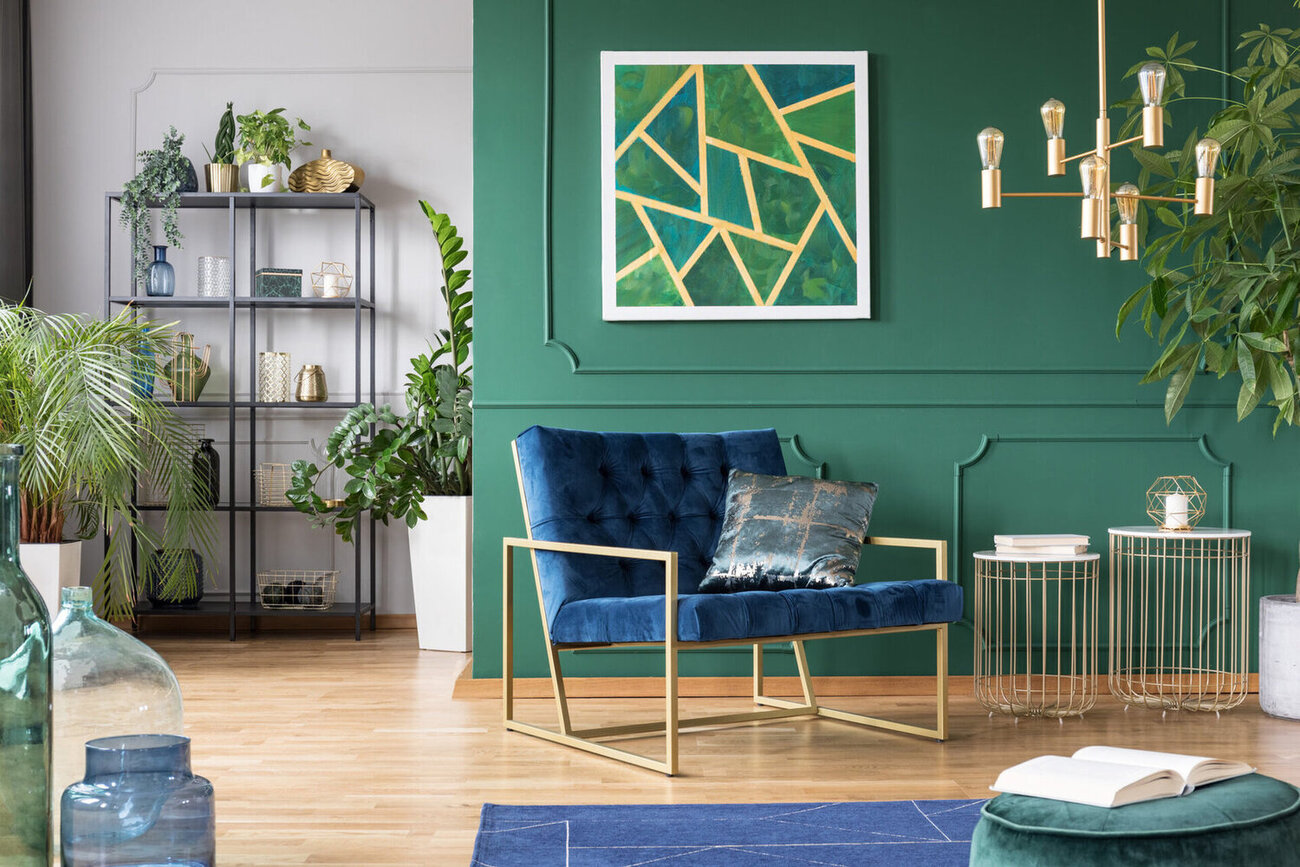

Interior Design
How To Encourage Interior Design Clients To Use Bold Colors
Modified: August 27, 2024
Learn how to encourage interior design clients to use bold colors and create unique, vibrant spaces. Discover tips, tricks, and inspiration for incorporating bold colors into your interior design projects.
(Many of the links in this article redirect to a specific reviewed product. Your purchase of these products through affiliate links helps to generate commission for Storables.com, at no extra cost. Learn more)
Introduction
Welcome to the vivid world of interior design, where colors come alive and transform spaces into captivating works of art. While neutral tones have their charm, there is something enchanting about the use of bold colors in interior design. Bold colors have the power to inject life, personality, and energy into a room.
As an interior designer, one of your goals is to create spaces that reflect your client’s vision and personality. Many clients, however, may shy away from using bold colors, fearing that they will overpower the room or clash with existing elements. It is your role as a design expert to educate and encourage your clients to embrace the beauty and impact of bold colors.
This article will guide you through strategies on how to encourage your interior design clients to use bold colors. From understanding the importance of bold colors in interior design to addressing client concerns and presenting successful examples, these tips will help you broaden your clients’ perspectives and create stunning spaces that leave a lasting impression.
Key Takeaways:
- Embrace the transformative power of bold colors in interior design to create vibrant, personalized spaces that reflect clients’ unique style and personality.
- Educate, inspire, and guide clients to confidently incorporate bold colors through strategic use, visual examples, and collaborative decision-making for stunning, impactful interiors.
Read more: Color Splash: Bold Hues For Modern Interiors
Understanding the Importance of Bold Colors in Interior Design
Color is a powerful tool in interior design, capable of evoking emotions, setting moods, and creating visual interest. While neutrals can provide a sense of calm and sophistication, bold colors have the ability to energize a space and make a bold statement. Understanding the importance of bold colors will help you convey their significance to your clients.
Firstly, bold colors can add depth and dimension to a room. By incorporating vibrant hues, you can create focal points and draw attention to specific architectural features or furniture pieces. Bold colors create a sense of excitement and can make an otherwise plain space come alive.
Secondly, bold colors allow for self-expression and personalization. Each client has their own unique personality and tastes, and bold colors provide an opportunity to infuse their individuality into their living spaces. By incorporating their favorite colors or using bold shades that resonate with their style, you can create spaces that truly reflect and celebrate their essence.
Bold colors are also known to stimulate creativity and enhance productivity. Certain shades, such as vibrant yellows and blues, have been scientifically proven to increase focus and promote a positive mindset. By incorporating these colors into workspaces or creative areas within a home, you can create an environment that fosters productivity and inspiration.
Additionally, bold colors can transform small or dull rooms into vibrant and visually striking spaces. When used strategically, bold colors can manipulate the perception of space. Darker hues can create a cozy and intimate ambience, while brighter shades can open up a room and make it feel more expansive.
Lastly, bold colors have the power to leave a lasting impression on guests and visitors. A well-executed use of bold colors can become a memorable design element that sets a space apart from others. It adds character and personality, making it an engaging and visually captivating environment.
By understanding and communicating the importance of bold colors in interior design, you can help your clients embrace their potential and create spaces that are vibrant, unique, and reflective of their style and personality.
Educating Clients about the Impact of Bold Colors
When it comes to convincing clients to use bold colors in their interior design, education is key. Many clients may have reservations or misconceptions about the impact of bold colors, so it’s important to provide them with the knowledge and understanding they need to make informed decisions. Here are some strategies for educating your clients about the impact of bold colors:
1. Explaining the psychology of color: Start by explaining the psychological impact that colors can have on our emotions and mood. Discuss how warm colors like red or orange can create a sense of coziness and energy, while cool colors like blue or green can evoke a feeling of calm and tranquility. Help your clients understand that bold colors can elicit specific emotions and set the tone for a space.
2. Showing inspiring examples: Provide your clients with visual examples of spaces that successfully incorporate bold colors. Show them stunning interiors where bold colors have been used as focal points or contrasting elements. Seeing real-life examples can help clients visualize how their own space can be transformed by the strategic use of bold colors.
3. Conducting color consultations: Offer color consultations where you can work closely with clients to select the right bold colors for their space. Understand their preferences, listen to their concerns, and provide expert guidance on creating harmonious color schemes. This hands-on approach will give clients the confidence to experiment with bold colors, knowing they have a professional guiding them.
4. Utilizing 3D renderings: If possible, use 3D renderings to showcase how bold colors will look in the client’s specific space. This allows them to visualize the end result and alleviates any uncertainty about how the colors will interact with existing elements. Seeing a realistic representation can help clients feel more confident in their decision to incorporate bold colors.
5. Sharing success stories: Share success stories of other clients who were initially hesitant about using bold colors but ended up loving the final result. Hearing about positive experiences from others can bolster your client’s confidence in trying something new and outside their comfort zone.
Remember, the key to educating clients about the impact of bold colors is to provide them with both knowledge and visual inspiration. By arming them with information and addressing their concerns, you can help them embrace the transformative power of bold colors and create spaces that truly reflect their unique style and personality.
Presenting Bold Color Options to Clients
Once you’ve educated your clients about the impact of bold colors in interior design and they are open to exploring bolder options, it’s time to present them with a range of bold color choices. Here are some strategies for presenting bold color options to your clients:
1. Mood boards: Create mood boards that feature different color palettes and mood inspirations. Include images of rooms that showcase various bold color options, along with complementary colors, patterns, and textures. This visual presentation will help clients visualize how the colors can come together to create a cohesive and vibrant space.
2. Color samples: Provide physical color samples or swatches that clients can touch and see in person. Seeing the colors in real life and comparing them side by side will help clients make decisions based on their personal preferences and the overall aesthetic they desire for their space.
3. Virtual reality or augmented reality tools: If you have access to virtual reality or augmented reality tools, use them to create realistic simulations of the space with different bold color options applied to walls, furniture, and other elements. This interactive experience allows clients to virtually walk through their desired space and see the impact of different bold color choices firsthand.
4. Collaborative brainstorming sessions: Schedule brainstorming sessions with your clients to explore different bold color options together. Encourage them to share their ideas and preferences, while providing your expertise and guidance to select colors that will complement their style and achieve the desired effect. This collaborative approach will empower them to be actively involved in the decision-making process.
5. Presenting mood concepts: Instead of simply showing color samples, create mood concepts that showcase entire room designs. This includes furniture selections, lighting fixtures, and accessories that complement and enhance the bold color choices. By presenting cohesive design concepts, clients can better envision how the bold colors will look in their space and how they will impact the overall aesthetic.
Throughout the presentation process, it’s essential to have open and honest conversations with your clients. Listen to their feedback and concerns, and provide guidance on how to achieve a balanced and harmonious design with bold colors. Remember, the goal is to inspire and empower your clients to make confident decisions that will result in a stunning space that reflects their unique style and personality.
Addressing Client Concerns and Preferences
When it comes to incorporating bold colors in interior design, it’s common for clients to have concerns and preferences that need to be addressed. As a professional interior designer, it’s important to listen to your clients’ needs and work collaboratively to find solutions. Here are some strategies for addressing client concerns and preferences:
1. Start with a consultation: Begin by having a thorough consultation with your clients to understand their concerns and preferences regarding the use of bold colors. Take the time to listen attentively and validate their feelings. This will help you establish trust and build a strong working relationship.
2. Educate on color psychology: Explain the psychological impact of bold colors and how they can influence mood and perception. Help clients understand that the strategic use of bold colors can create a desired effect, whether it’s energizing a space, creating a focal point, or setting a specific mood.
3. Consider the functionality of the space: Address any concerns clients may have about the functionality of a space with bold colors. For example, if they worry that bold colors may overpower a small room, suggest incorporating them as accent walls or through furniture and accessories instead. By finding practical solutions, you can alleviate their concerns while still incorporating bold colors in a way that fits their lifestyle.
4. Offer neutral backdrop options: If clients are hesitant about painting entire walls in bold colors, propose a compromise by suggesting neutral colors as a backdrop and incorporating bold colors through decor items, artwork, or accent wall coverings. This way, clients can still experience the vibrancy of bold colors without feeling overwhelmed.
5. Create visualizations: Utilize design software or create visual mock-ups to showcase how bold colors will look in their specific space. This allows clients to see and understand the potential impact before making a final decision. Giving them a clear vision of what to expect can help ease their concerns.
6. Share past successes: Share examples of successful projects where you have incorporated bold colors in a way that met clients’ concerns and preferences. Showcasing your portfolio and highlighting how you addressed similar challenges in the past can give clients reassurance and confidence in your ability to create a space they will love.
Remember, addressing client concerns and preferences is about finding a balance between their comfort zone and the desired design outcome. By actively listening, educating, and offering solutions, you can guide them to embrace bold colors while considering their individual needs and preferences.
When encouraging interior design clients to use bold colors, show them examples of successful bold color usage in other spaces to help them visualize the impact it can have on their own space.
Utilizing Bold Colors in Specific Areas of the Space
When it comes to incorporating bold colors in interior design, it’s important to do so strategically and thoughtfully. One effective approach is to focus on specific areas of the space where bold colors can make the most impact. Here are some ideas on how to utilize bold colors in specific areas of the space:
1. Accent walls: One of the most popular ways to introduce bold colors is through accent walls. Choose a wall that serves as a focal point, such as the one behind the bed in a bedroom or the wall facing the entrance in a living room. Painting it with a bold color will instantly draw attention and add a dramatic touch to the space.
2. Furniture pieces: Incorporate bold colors through statement furniture pieces. Choose a vibrant sofa, a bold armchair, or a striking dining table. These furniture pieces will become the focal points of the room and infuse vibrancy and personality into the space.
3. Cabinetry or kitchen islands: In kitchens or bathrooms, consider using bold colors on cabinetry or kitchen islands. This adds a pop of color and visual interest to an otherwise neutral space. It can be particularly impactful when combined with complementary or contrasting colors in the surrounding elements.
4. Ceilings: Don’t be afraid to think beyond walls and venture upward to the ceilings. Painting the ceiling with a bold color can create a sense of drama and elevate the overall design. This approach works particularly well in rooms with high ceilings, as it allows the bold color to shine without overwhelming the space.
5. Doors and trim: Another way to infuse bold colors is by painting doors and trim in a contrasting shade. This adds visual interest and creates a dynamic look, especially when paired with more muted wall colors. It’s a subtle but impactful way to incorporate bold colors throughout the space.
6. Staircases: If you have a staircase, consider using bold colors on the risers or handrails. This unexpected and eye-catching design choice can instantly transform a mundane staircase into a striking focal point. It adds a touch of playfulness and character to the space.
When utilizing bold colors in specific areas of the space, it’s important to maintain balance and harmony. Consider the overall color palette of the room and how the bold color integrates with other design elements. Be mindful of the scale and proportion of the bold color to ensure it creates a cohesive and visually pleasing composition.
Remember, the goal is to create a space that feels well-designed and intentional rather than overwhelming. By strategically incorporating bold colors in specific areas, you can make a big impact and add personality to the space while maintaining a sense of balance and harmony.
Incorporating Bold Colors through Accessories and Accent Pieces
One of the easiest and most versatile ways to incorporate bold colors in interior design is through the use of accessories and accent pieces. Accessories can add pops of vibrant hues, inject personality, and tie a color scheme together. Here are some ideas on incorporating bold colors through accessories and accent pieces:
1. Cushions and Throws: Add bold-colored cushions and throws to sofas, chairs, and beds. These soft furnishings not only provide a comfortable touch but also serve as a way to introduce bold colors. Opt for contrasting or complementary colors to create visual interest and liven up neutral furniture.
2. Rugs: A bold-colored rug is an excellent way to anchor a space and inject color. Choose rugs with bold patterns or solid colors that complement the existing color palette. Consider using rugs as a statement piece in entryways or living rooms, instantly adding vibrancy and personality to the space.
3. Artwork: Select artwork that features bold colors as the focal point. A vibrant painting or a bold photograph can instantly transform a room and become a conversation starter. Choose artwork that resonates with the client’s style and complements the overall design aesthetic.
4. Curtains and Drapes: Window treatments provide an opportunity to introduce bold colors in a functional and elegant way. Consider bold-colored curtains or drapes that complement the color scheme and add a dramatic touch to the room. This approach is particularly effective in spaces with neutral walls.
5. Lighting Fixtures: Look for lighting fixtures with colorful shades or bold designs. Pendant lights, table lamps, or floor lamps can be statement pieces that not only brighten the space but also add a layer of personality and interest through bold color choices. Consider how lighting can beautifully enhance the chosen accent colors.
6. Tableware and Decorative Objects: Incorporate bold colors through tableware, such as dinnerware, glassware, or placemats. These small yet impactful details can instantly transform a dining or kitchen space. Additionally, decorative objects like vases, candle holders, or sculptures in bold colors can serve as eye-catching focal points on shelves or side tables.
Remember, when incorporating bold colors through accessories and accent pieces, it’s important to strike a balance and avoid overdoing it. Choose a few impactful items rather than overwhelming the space with too many colors or patterns. Introduce bold colors strategically to draw the eye and create visual interest without overpowering the overall design.
By incorporating bold colors through accessories and accent pieces, you can easily refresh and update the look of a space. These elements can be easily swapped out or rotated to reflect changing seasons, trends, or personal preferences, allowing for flexibility and versatility in design.
Showcasing Successful Examples of Bold Color Use in Interior Design
What better way to encourage clients to embrace bold colors in their interior design than by showcasing successful examples where they have been expertly incorporated? Highlighting real-life examples can inspire and demonstrate the impressive impact that bold colors can have in transforming a space. Here are a few successful examples of bold color use in interior design:
1. Vibrant Living Room: This living room showcases a bold-colored accent wall in a rich shade of teal. The wall acts as a striking backdrop for a gallery of colorful artwork, adding depth and visual interest to the space. The bold colors are balanced with neutral furnishings and natural textures, creating a harmonious and modern aesthetic.
2. Bold and Playful Kitchen: In this kitchen, a vibrant yellow backsplash takes center stage. The bold color choice instantly brightens the space, giving it a cheerful and playful vibe. The yellow is further accentuated with touches of white and stainless steel finishes, creating a dynamic and visually appealing kitchen design.
3. Dramatic Bedroom Retreat: This bedroom showcases a daring use of a deep, dark blue on the walls. The bold color creates a dramatic and cozy atmosphere, while the addition of gold accents and luxurious textiles adds an air of opulence. The result is a bedroom retreat that exudes sophistication and invites relaxation.
4. Colorful Kids’ Playroom: A children’s playroom is the perfect place to embrace bold colors. Consider a mix of vibrant shades like electric blue, lime green, and hot pink. These colors create an energetic and stimulating environment that sparks creativity and playfulness. Incorporating colorful furniture, wall decals, and storage bins can help bring the space to life.
5. Statement Entryway: Make a bold and unforgettable first impression with an entryway that boasts a vibrant color scheme. Consider painting the front door a bold shade like red or yellow, and complement it with colorful accessories such as a patterned rug and a gallery wall filled with colorful artwork. This combination creates an entryway that sets the tone for the rest of the home.
6. Eclectic Dining Room: An eclectic dining room can be the perfect canvas for bold colors. Consider a combination of mismatched colorful chairs around a wooden or glass table. The various shades and patterns come together to create a vibrant and visually exciting space that fosters lively conversation and joyous meals.
Showcasing these successful examples of bold color use in interior design can inspire clients and help them envision the possibilities for their own spaces. Encourage them to dare to be bold and assure them that with thoughtful planning, balance, and expert guidance, they can create stunning and personalized interiors that truly reflect their unique style and personality.
Providing Resources for Finding Bold and Unique Color Palettes
When it comes to incorporating bold and unique color palettes in interior design, it’s important to have access to a variety of resources that can inspire and guide both you and your clients. Here are some valuable resources that can help you find bold and unique color palettes:
1. Online Color Palette Generators: There are several online tools and generators that can help you discover bold and unique color combinations. These tools provide countless options and allow you to adjust the saturation, brightness, and contrast of colors to create the desired effect. Some popular options include Coolors, Adobe Color, and Canva’s Color Palette Generator.
2. Design Blogs and Magazines: Explore design blogs and magazines that feature articles on color trends and palettes. These resources often showcase bold and unique color schemes used in real-life interior design projects. Stay up to date with the latest trends and gain inspiration from the work of fellow designers in the industry.
3. Fine Arts and Nature: Look to the world of fine arts and nature for bold and unique color inspiration. Study artists known for their bold use of color, such as Vincent van Gogh or Frida Kahlo. Explore the vibrant hues found in flowers, sunsets, or landscapes. Observing and capturing the natural beauty of color can provide limitless inspiration for your designs.
4. Historical and Cultural Influence: Dive into historical and cultural design influences to discover bold and unique color palettes. Different periods of history and various cultures have distinct color preferences and combinations. By examining these influences, you can find unconventional and eye-catching color schemes that can add a touch of sophistication and uniqueness to your designs.
5. Pantone Color Institute: Keep an eye on the color predictions and selections made by the Pantone Color Institute. They release an annual Color of the Year and also provide seasonal color palettes. These predictions often incorporate bold and unexpected color combinations, which can serve as a source of inspiration for your projects.
6. Material and Fabric Swatches: Experiment with material and fabric swatches to discover bold and unique color palettes. Visit fabric stores or order sample swatches online to explore the vast array of textures, patterns, and colors available. The tactile experience of handling different fabrics can inspire new color combinations that you may not have considered before.
When providing resources for finding bold and unique color palettes, it’s important to encourage clients to trust their intuition and personal preferences. Sometimes the most intriguing and captivating palettes are the ones that resonate with the individual’s style and personality. Encourage clients to explore and consider their own preferences alongside the resources provided, allowing them to create truly personalized and extraordinary color combinations.
Conclusion
Encouraging clients to embrace bold colors in their interior design can be a rewarding and transformative experience. By understanding the importance of bold colors, educating clients about their impact, presenting them with bold color options, and addressing their concerns and preferences, you can guide them towards creating stunning and personalized spaces that reflect their unique style and personality.
Utilizing bold colors in specific areas of the space, such as accent walls, furniture pieces, or lighting fixtures, allows you to make a bold statement while maintaining balance and harmony. Additionally, incorporating bold colors through accessories and accent pieces provides versatility and the opportunity to update and refresh the look of a space over time.
Showcasing successful examples where bold colors have been expertly incorporated in interior design can inspire and excite clients. By highlighting the impact and visual appeal of these designs, you can help clients envision the potential for their own spaces and encourage them to be bold and adventurous in their color choices.
Lastly, providing clients with resources for finding bold and unique color palettes allows them to explore various sources of inspiration, such as online color generators, design blogs, nature, and historical influences. These resources can spark creativity and help clients discover color combinations that truly speak to their individual preferences and style.
In conclusion, encouraging clients to use bold colors in their interior design opens up a world of creativity and expression. By providing education, inspiration, and guidance, you can empower clients to step outside their comfort zones and create vibrant, visually captivating spaces that truly reflect who they are. Remember, bold colors have the power to transform and elevate a space, so embrace the possibilities and let your imagination run wild!
Frequently Asked Questions about How To Encourage Interior Design Clients To Use Bold Colors
Was this page helpful?
At Storables.com, we guarantee accurate and reliable information. Our content, validated by Expert Board Contributors, is crafted following stringent Editorial Policies. We're committed to providing you with well-researched, expert-backed insights for all your informational needs.
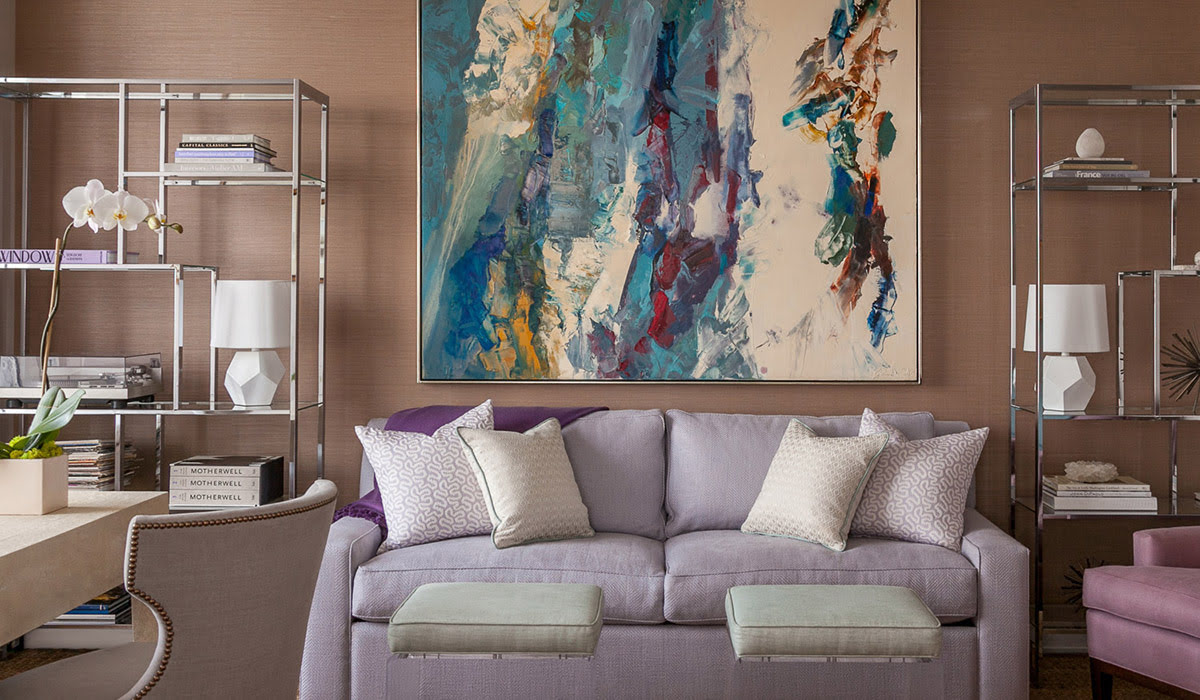
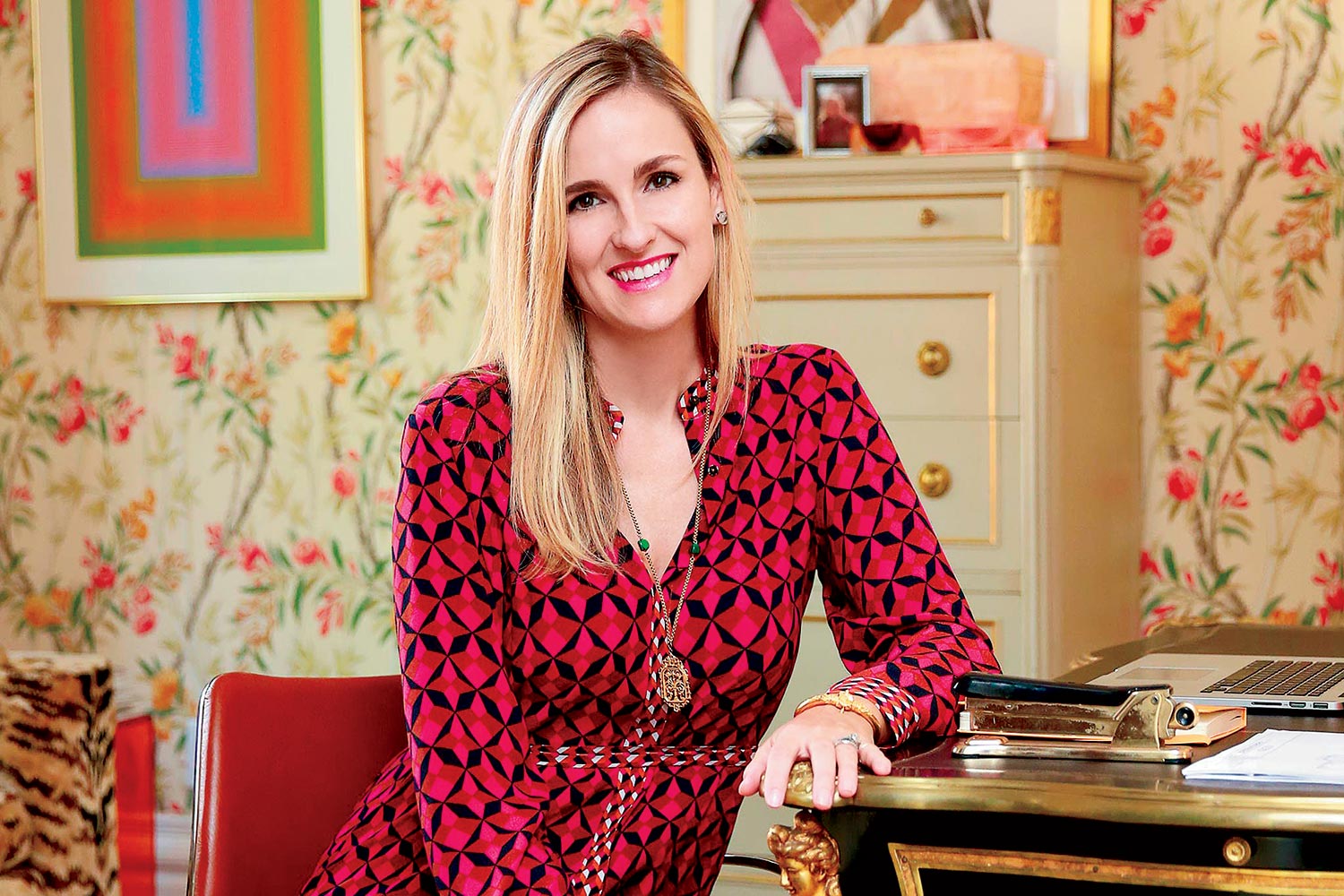

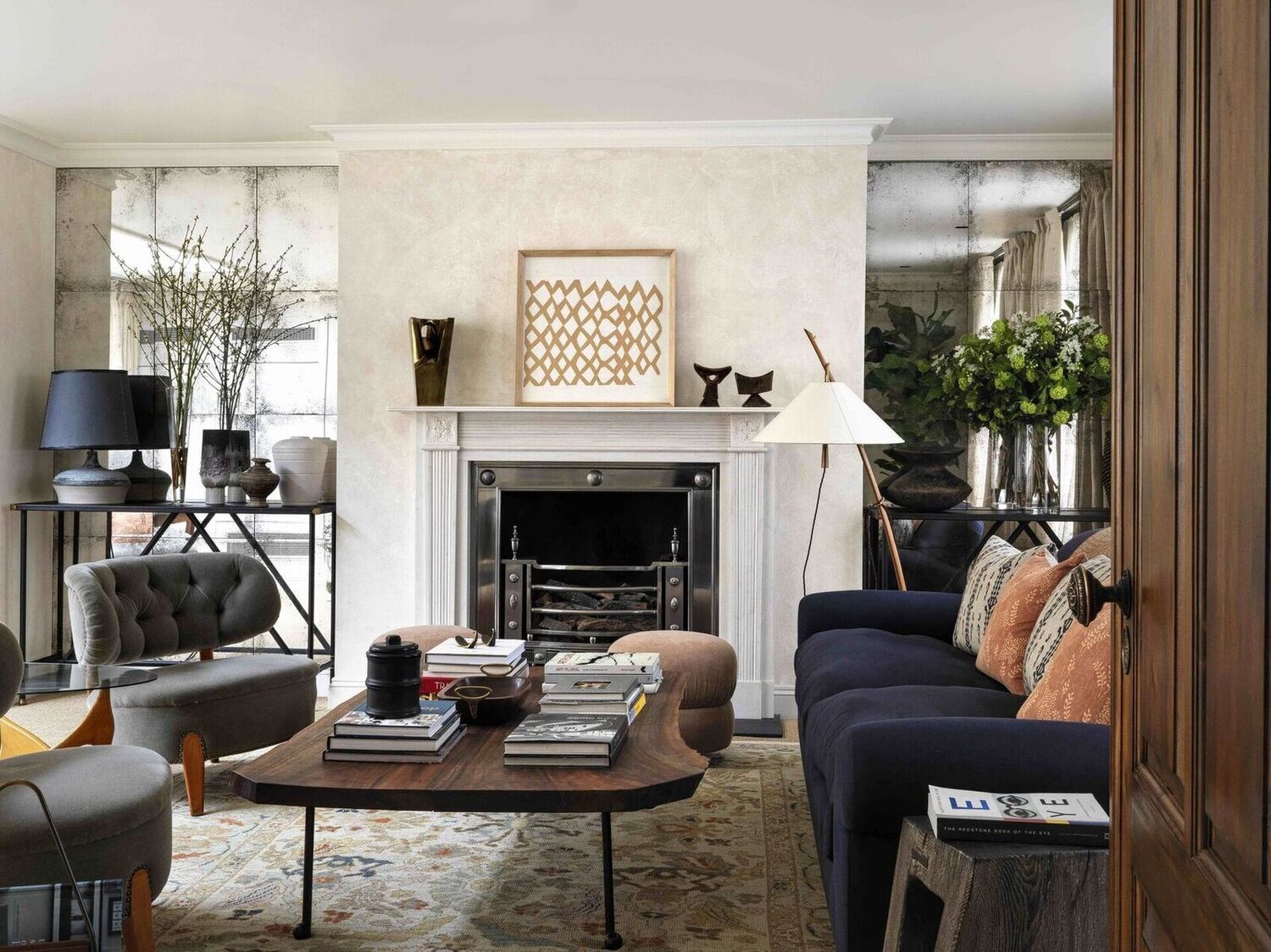
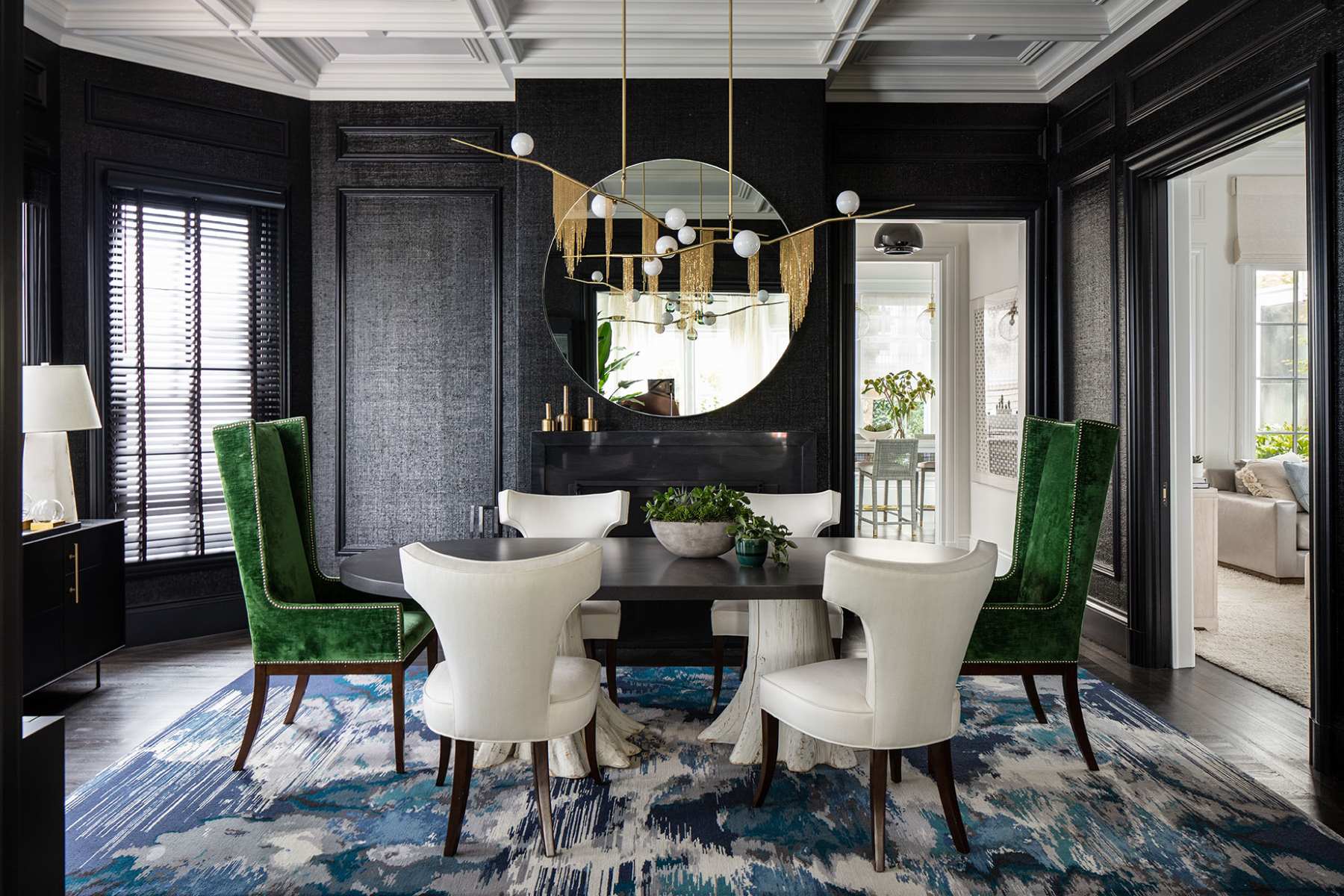
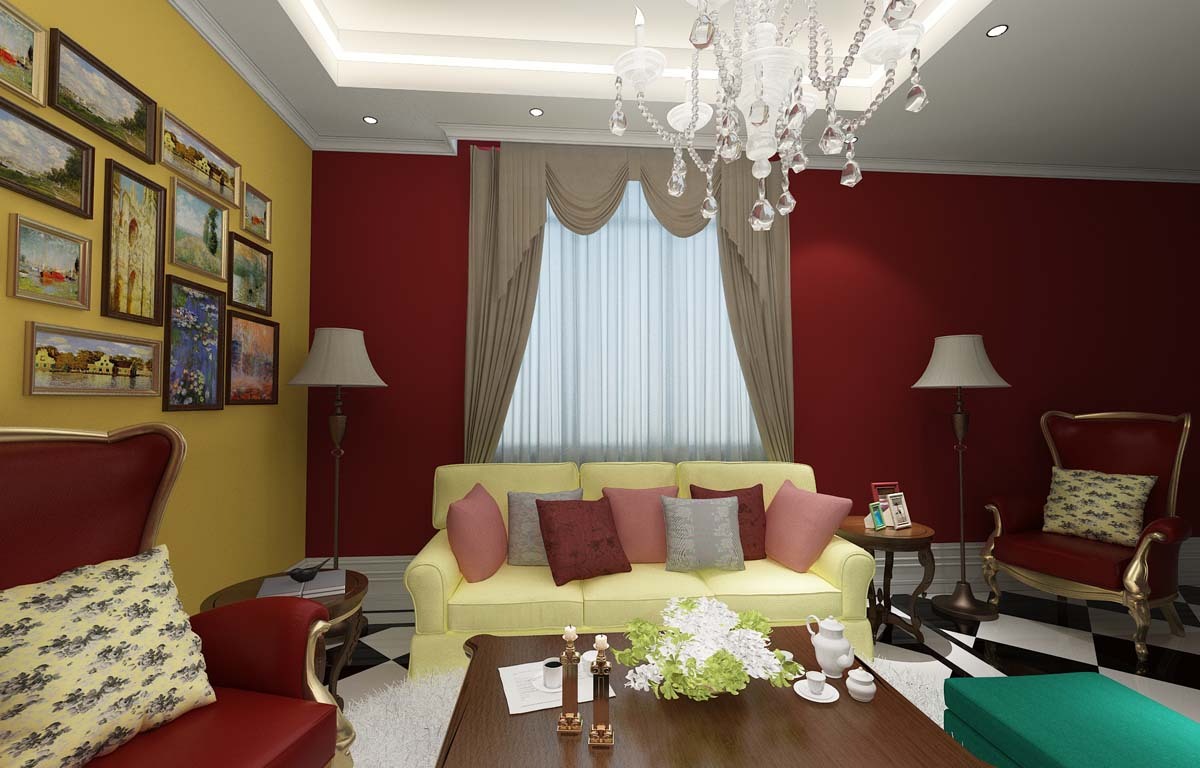
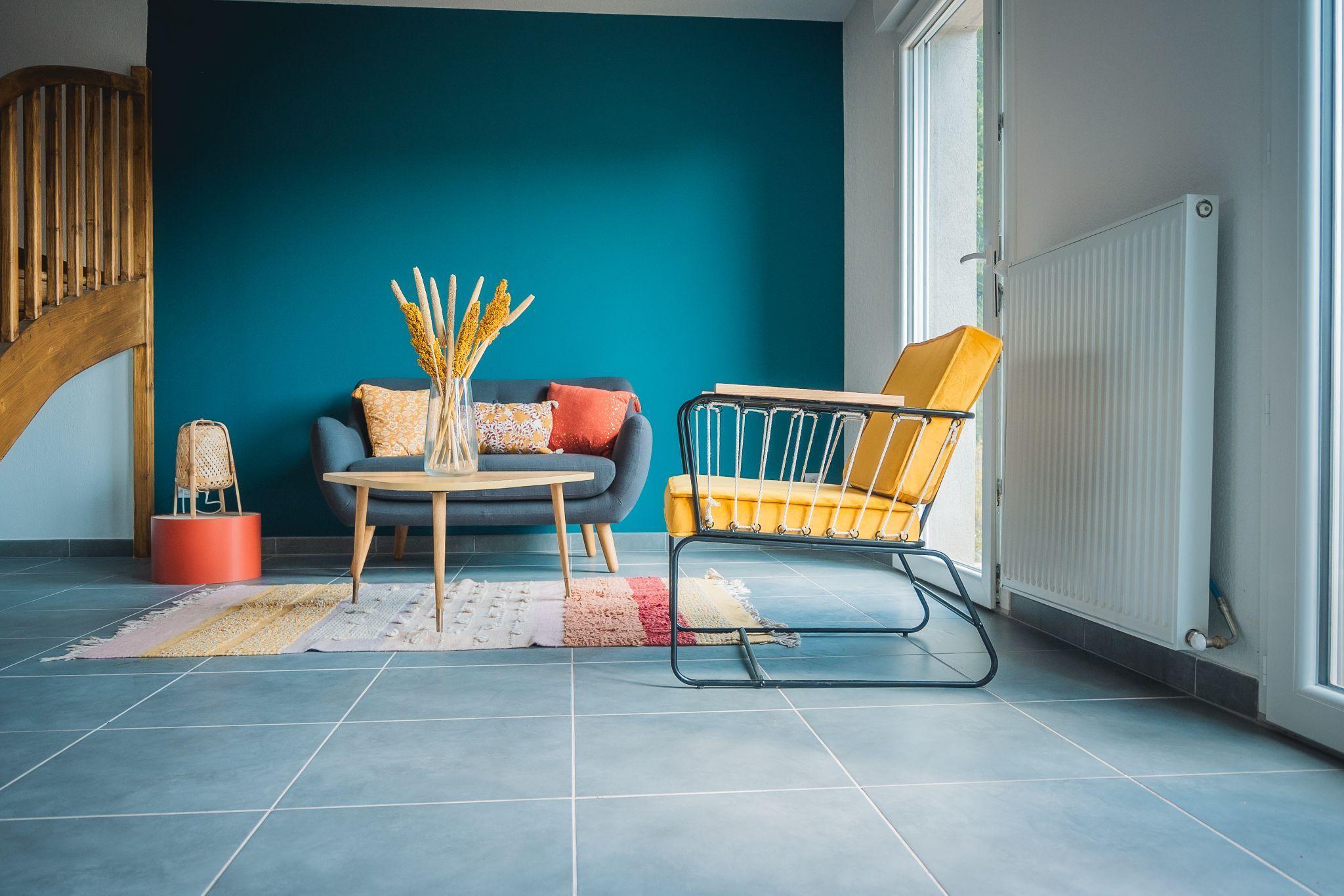
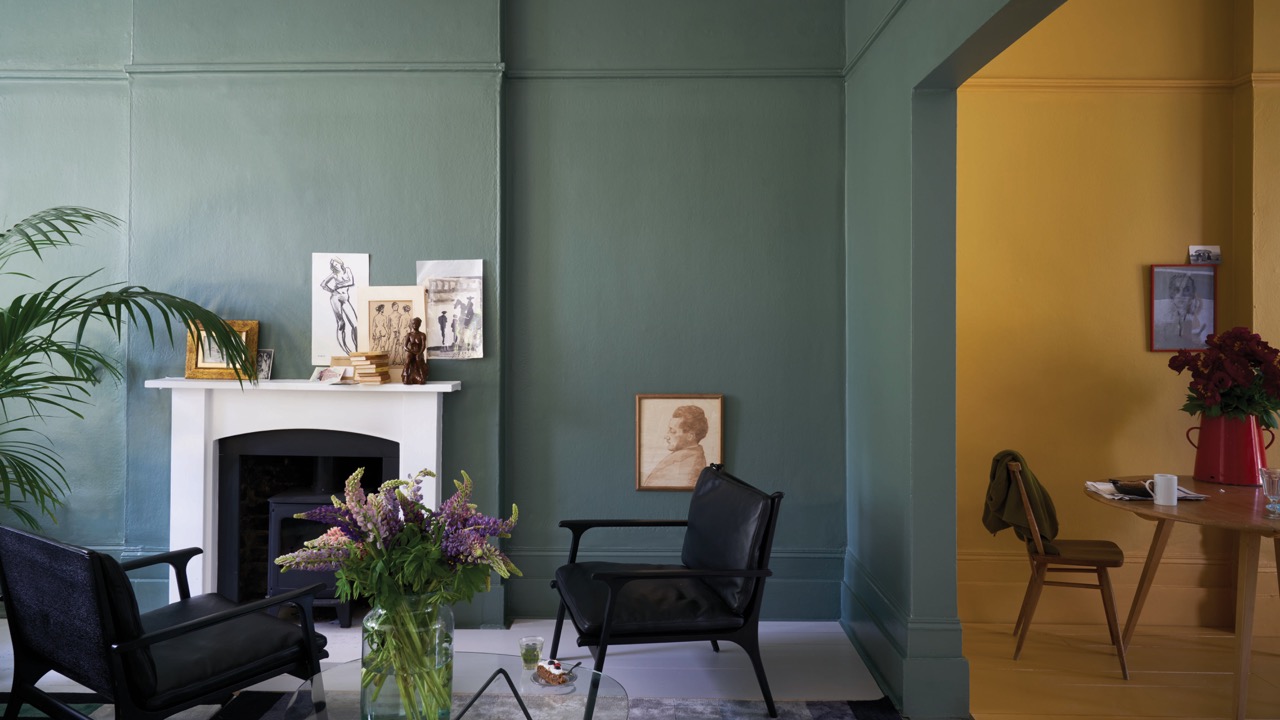
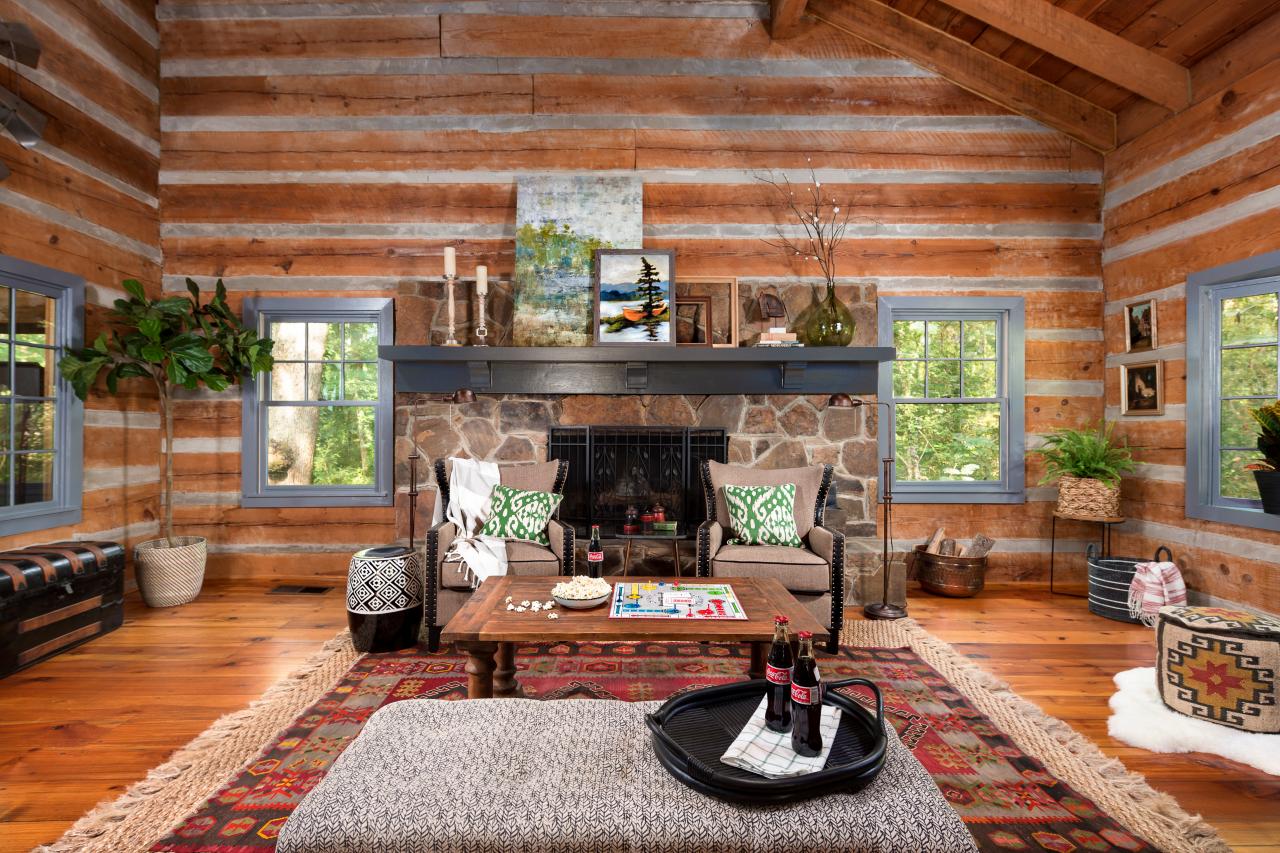
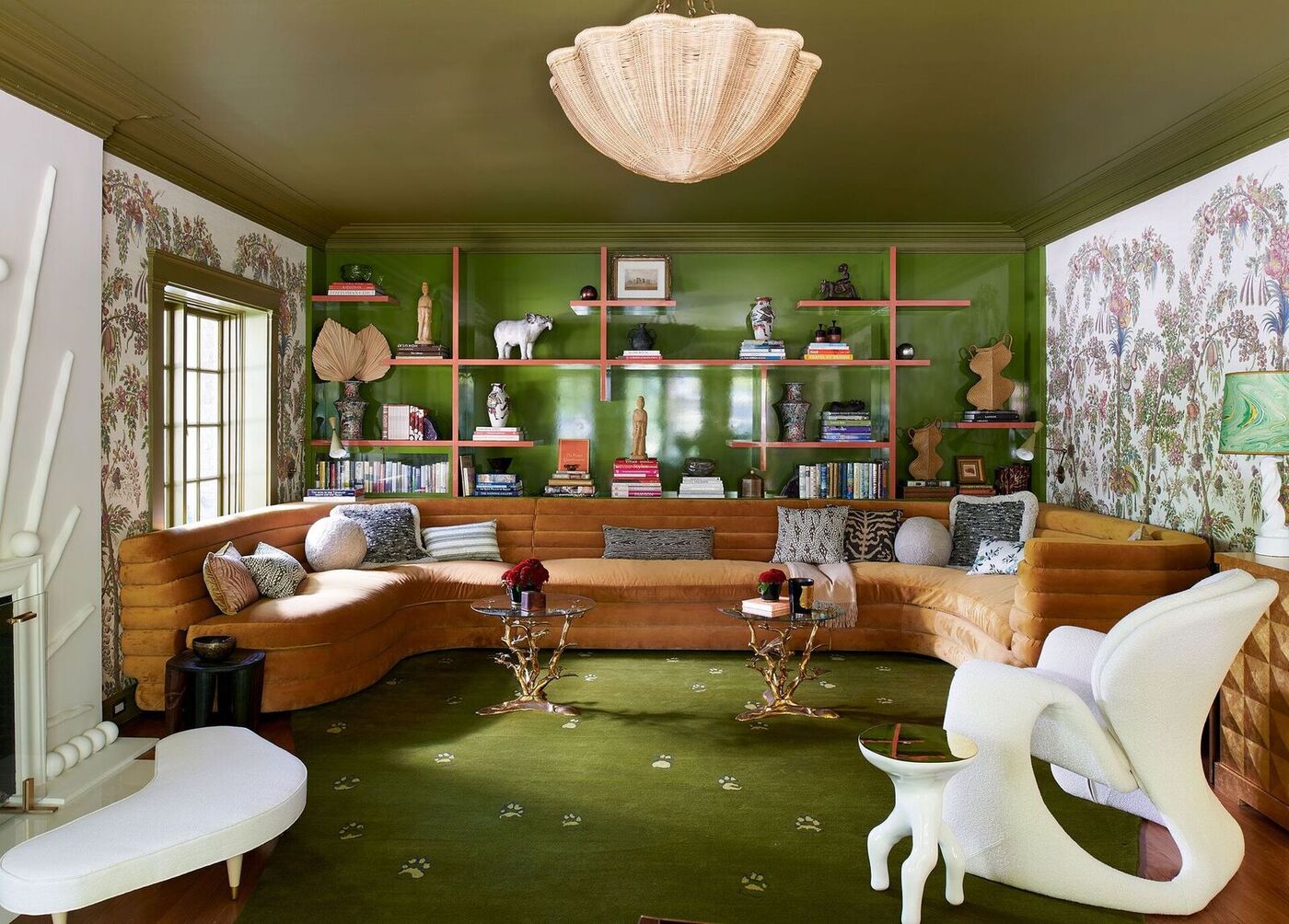
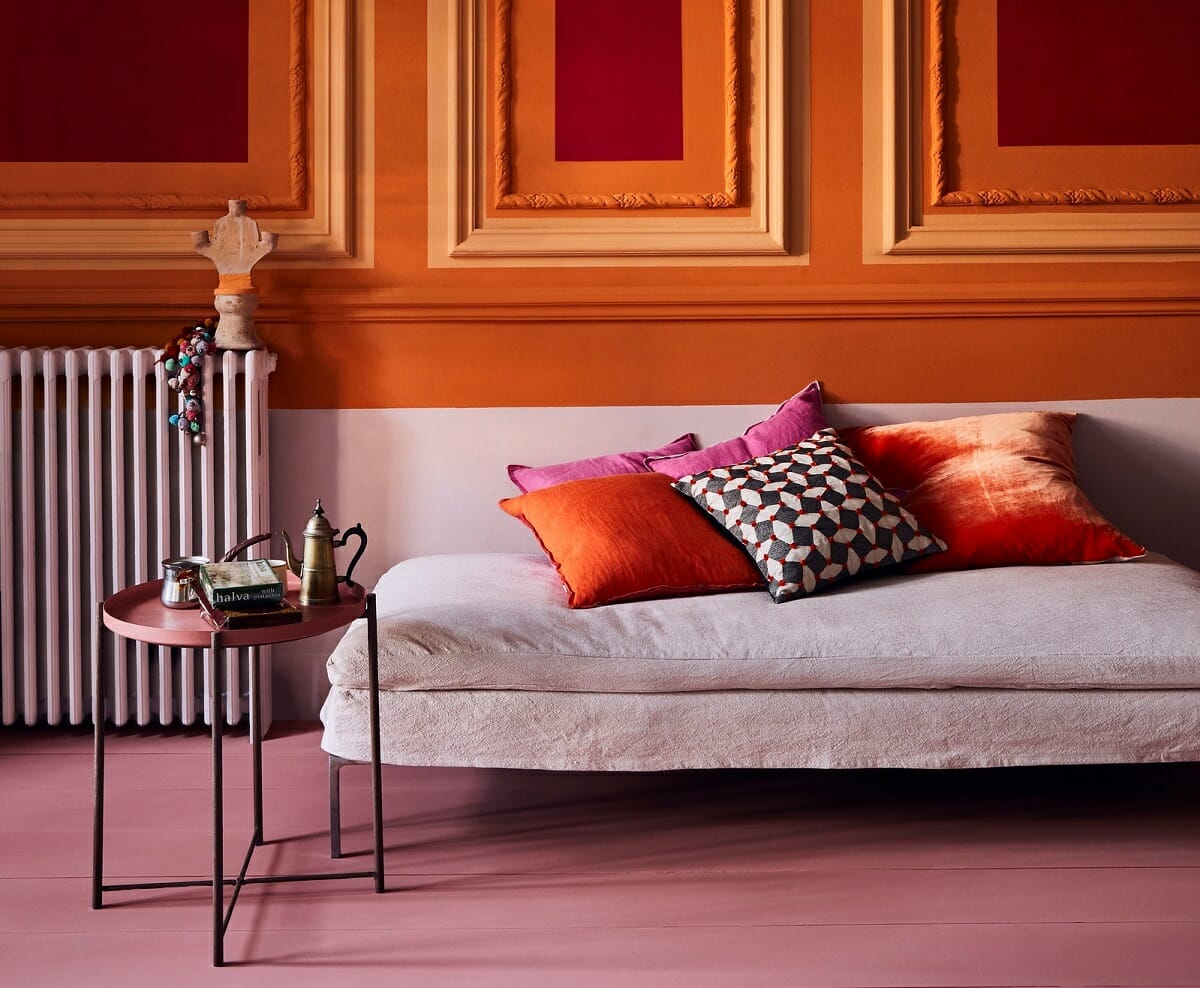
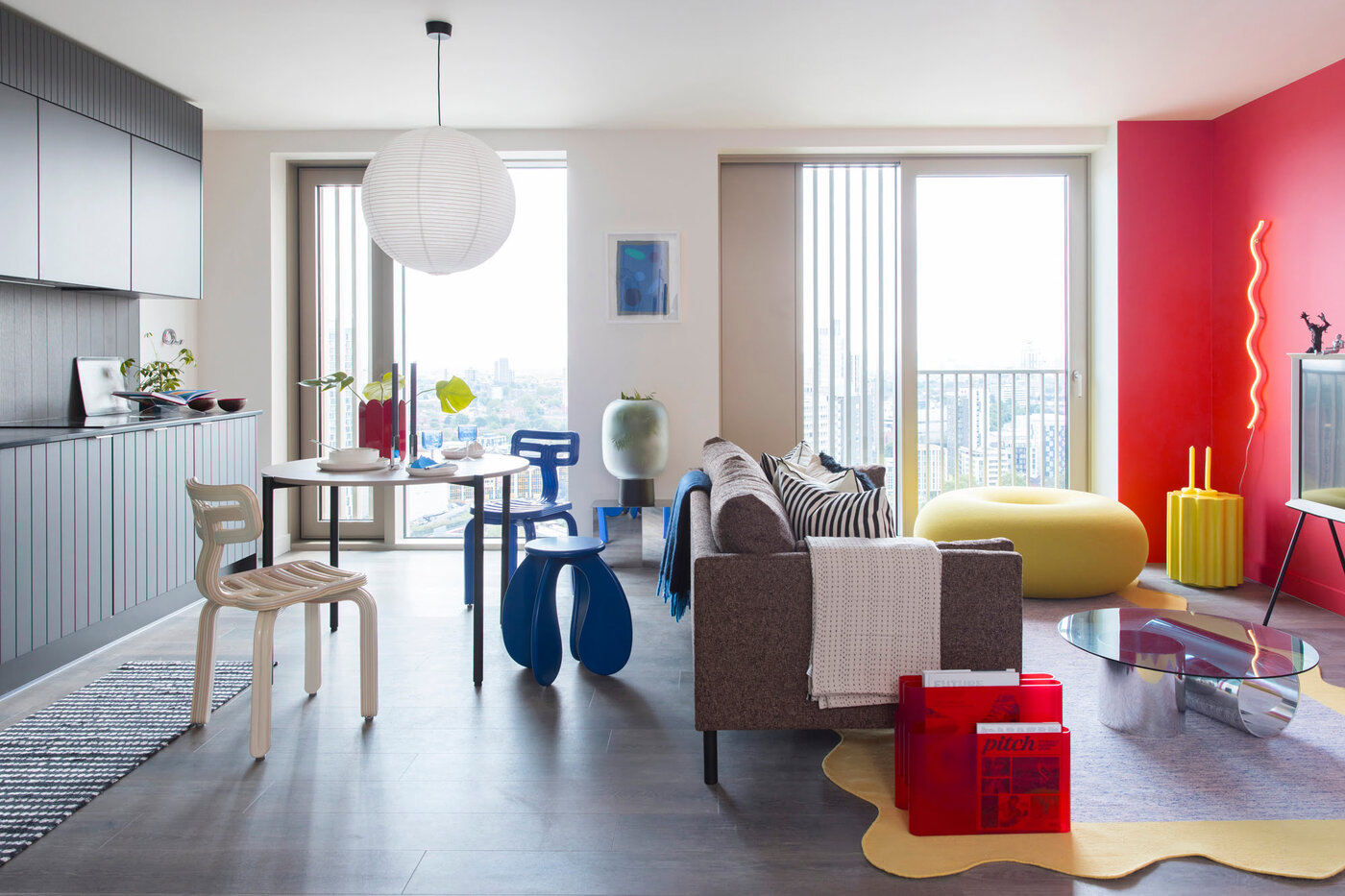
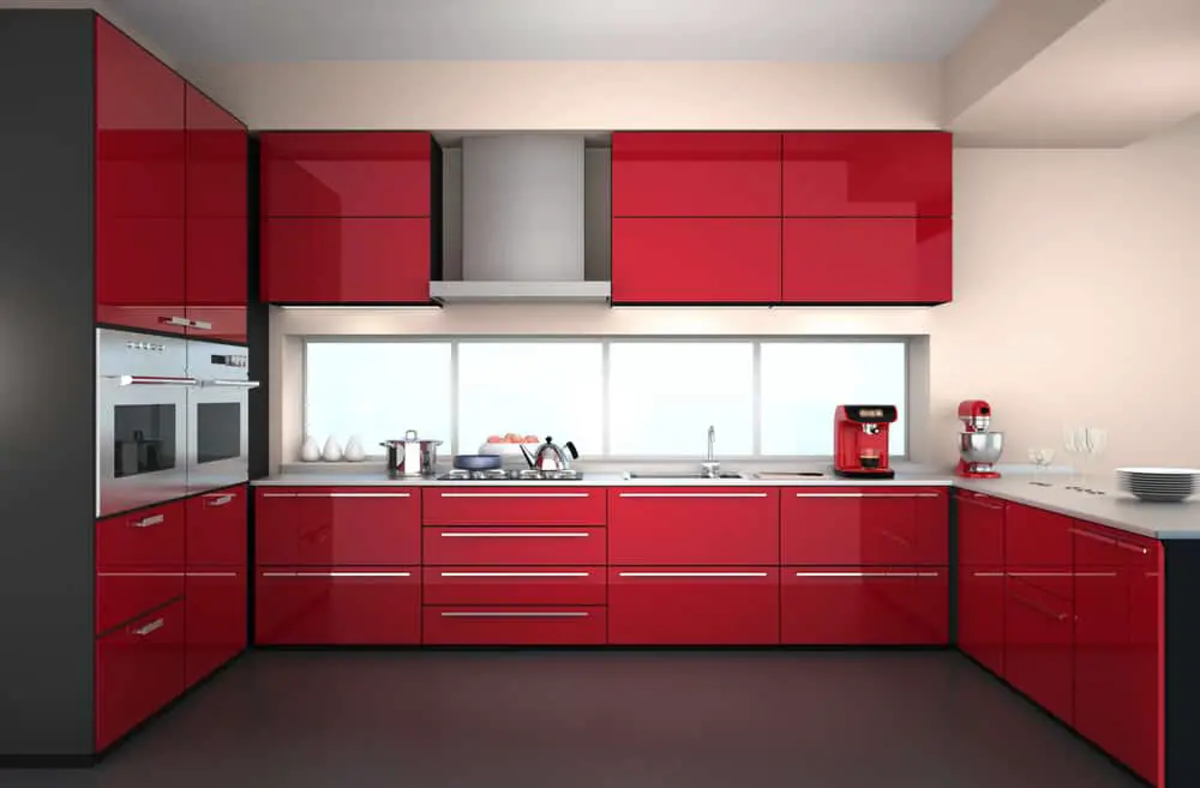

0 thoughts on “How To Encourage Interior Design Clients To Use Bold Colors”